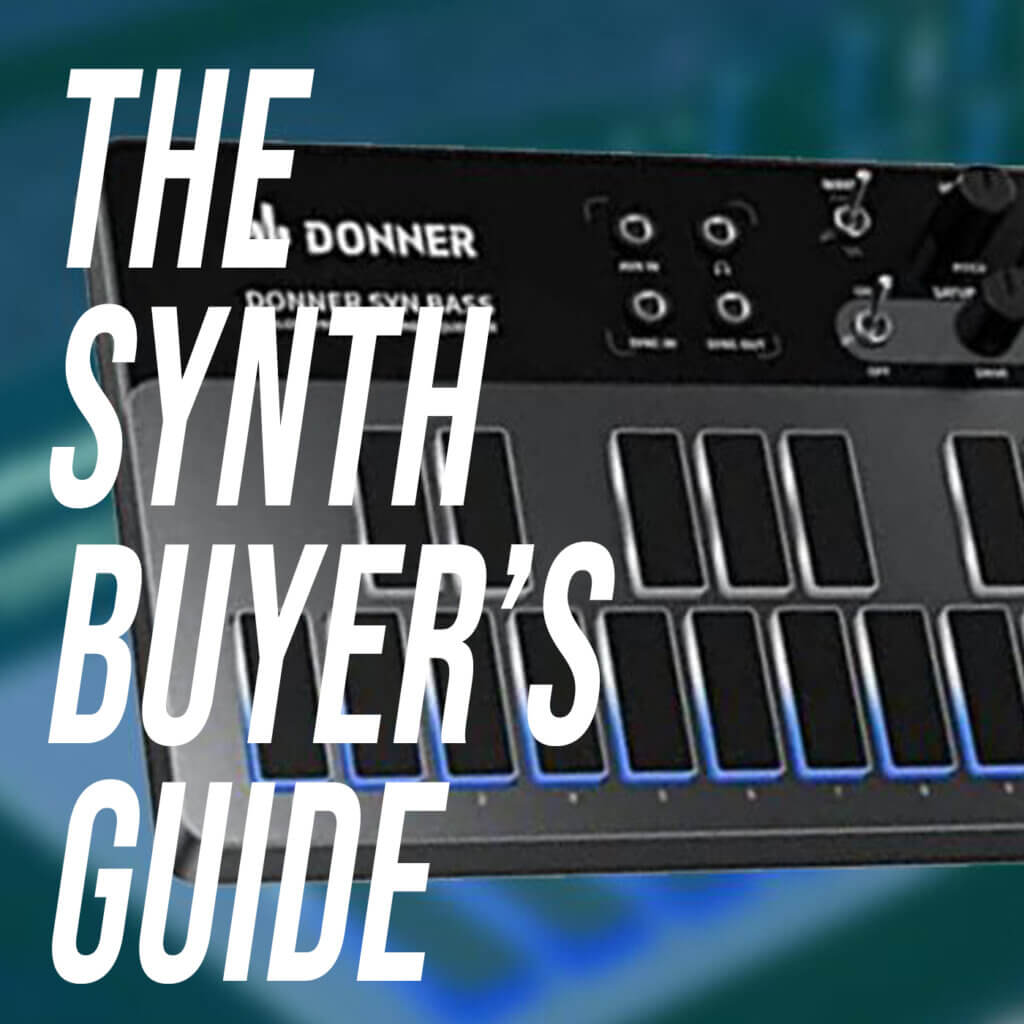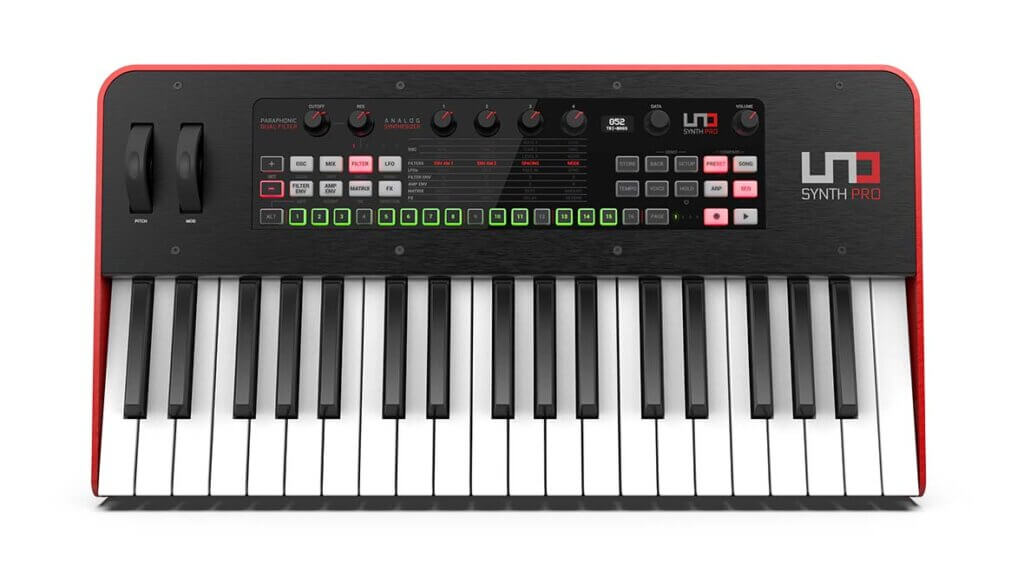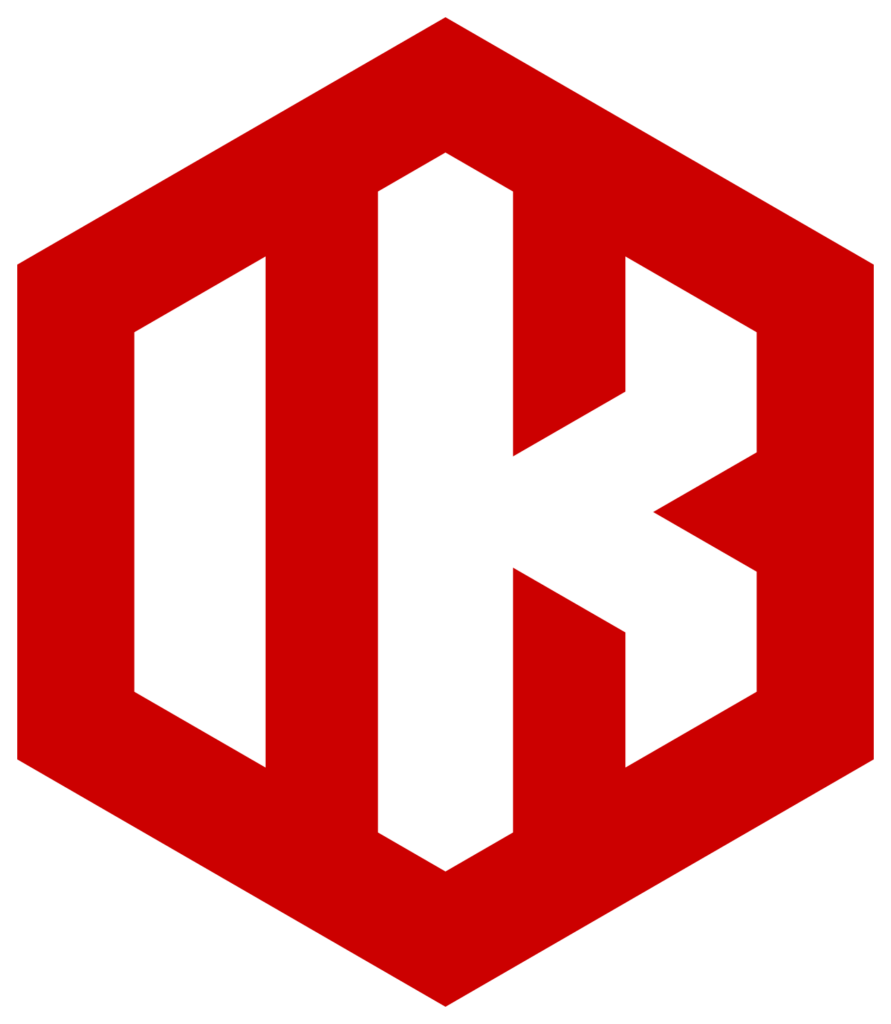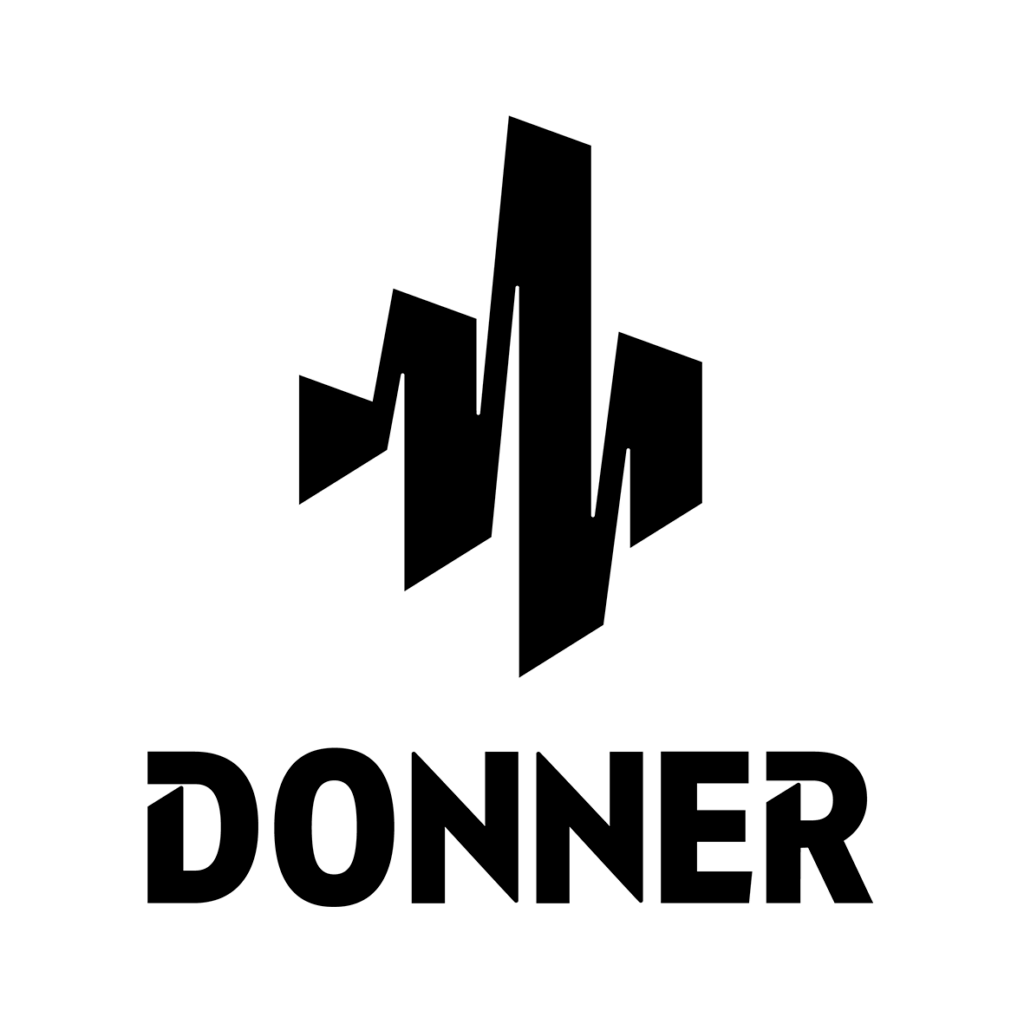Or, the “Synthy Awards”

If The Office taught us anything, it’s that we as a society love awards. I mean, who wouldn’t want a shiny new Dundee for their mantlepiece? So this year, we’re handing out “Synthy Awards,” our version of the Dundees, to some of the coolest products in the following categories we came up with while filter-tweaking our brains out one late Friday afternoon in the office.
So, without further ado, may I present this year’s Synthy recipients…
Most Slept-On Synth: Novation Peak

When it comes to flagship synths from the big players in the industry, the Novation Peak has piqued our interest for years (see what we did there?) The Peak is sort of the desktop version of the Summit (which essentially packs two Peaks + more inside its chassis) but if you don’t need the keyboard and are OK with a few less voices, you owe it to yourself to get your hands on one. The amount of modulation options, tone-shaping parameters and hell, even the built-in patches are all top of class.
With 8 voices of gorgeous goodness, it does everything under the sun. Bass lines, pads, melodies, blistering, overdriven solos and it does it all effortlessly. It’s almost impossible to get a bad sound out of the Peak, and too many synth-heads are sleeping on this, which comes in at half the cost of most new Sequential or Oberheim products. Add to that on-board fx that are actually useful, an arpeggiator, cross-modulation routing, limitless patch storage, wavetables and more, and you’ve got the makings of a true end-game instrument for your rig. Period.
View this post on Instagram
Biggest Bargain: IK Multimedia Uno Synth PRO
We loved the small desktop version of the UNO Synth when it first dropped, and we loved the keyboard-equipped PRO model even more when that came out not too long ago. One of the most eye-catching aspects of both models is the price. Just $199 for the original, and only $499 for the PRO model (current Sweetwater promo pricing) with the 37-key full-size layout.

With two easy to access wheels and a matrix/grid style tone shaping panel, the UNO PRO is dead-simple to use, and the digitally-controlled analog architecture ensures rock-solid performance and tuning. Again, an on-board arpeggiator and sequencer add to the value, and the plethora of I/O options make this another slept-on synth that is criminally underpriced.
Pro Tip: match it with the UNO DRUM machine for a killer pairing that’ll basically give you an entire production suite for under $800.

Biggest Surprise: Jamstik Classic MIDI Guitar
We’ve been dubious of guitar-based MIDI and synth solutions ever since they first started appearing on the market many moons ago. From a guitar player’s perspective, they never quite got the nuances of performance just right when translated to MIDI data, and from a synthesist’s perspective they were sort of an unwieldly method of input control, compared to a traditional keyboard.
View this post on Instagram
That said, we’ve fully entered a new era of MIDI-equipped guitars, thanks to companies like Jamstik. To say the performance and tracking of the Classic MIDI guitar was a surprise is the understatement of the year. No longer relegated to a bulky, dust-covered curiosity, MIDI-first guitars that work well, have no latency issues, and can handle the dynamics and nuance of a guitarist’s touch are finally here in full effect. The pure joy of throwing down string parts and filtered synth lines using the guitar as an input method put a big smile on our face. This is MIDI done right. Finally.

Best Instant EDM Setup: Donner’s DMK25, Starry PAD and B1.
You can find individual reviews of each of these pieces later in this issue (and check out the videos we put together on our YouTube and socials to hear them in action, hell you can even check out the Bandcamp sampler we’re putting up to accompany the issue to listen to them in a mix, performed by some very talented artists).

Anyway, one of the toughest things about getting into beatmaking and production is finding what gear you actually need, and budgeting for everything accordingly. Thankfully, Donner has made it their mission to deliver critical rig-worthy gear at price points that even the mere synth-curious can swallow. For around $300 brand-new, you can get an instant producer/EDM setup complete with a killer MIDI controller for bass lines, pads and melodies, a 16×16 drum pad controller for triggering samples and laying down percussion, as well as s true analog bass synth to fill out the bottom end without needing any additional software.
View this post on Instagram
All told, these products all hold up well, come in at ridiculously affordable prices, and offer just about everything you’d need to make a complete track from scratch, including some helpful software and DAW-mapping capabilities. If you’re looking to dive into electronic music production, pick up one of each and get going instantly.
View this post on Instagram
Plus, they all look cool together – the product team at Donner is really doing a great job on its industrial design.
View this post on Instagram
Best Pedal for Hardware Synths: TC Electronic JUNE-60
This has long been the secret weapon in our synth arsenal. If you’ve ever had the pleasure of playing a real vintage Roland Juno, you’ll no doubt recognize the importance of the on-board chorus. Without it, Junos can actually sound kind of lame and thin. Yeah, I know it’s heresy to say that, but it’s what everyone’s thinking. How many Juno players keep either Chorus I or II engaged at all times? More than you think (us included).
So, if your synth doesn’t have a built-in chorus effect, what can you do to thicken things up a bit and add some motion to the works? Drop $50 on Reverb and plug it into one of these JUNE-60 pedals from the folks at TC Electronic, that’s what. Featuring true analog circuitry and BBD chips and whatnot, the JUNE-60 is stupid-simple to operate. Just two buttons, like the classic Juno synths, to select either one of two Chorus modes. That’s it – no speed settings, no depth, no nonsense. Just Chorus I or II (or depress both at once to go into bonkers hidden “Chorus III” mode – not recommended for the faint of heart).

And hey, the wood housing is a nice nod to the old wood paneling you used to get on classic synths, amirite? Can be used with a standard guitar pedal power supply or 9v battery. Don’t worry too much about ohms, impedance and all that stuff that people obsess over when it comes to using guitar pedals with synths. Just plug it in and enjoy. You’ll be fine.
Coolest Clone: Behringer TORO
So far, we haven’t touched too much upon the hot topic of clones in the synth industry, and by clones we are basically only talking about Behringer here. Let’s not dance around the subject, their MO is to provide today’s artists modern ‘takes’ on vintage instruments at fair prices. With so many classic brands refusing to faithfully reproduce their classic and lusted-after products, how can you truly get mad at a company like Behringer? If KORG won’t put out a new Mono/Poly, and if Behringer can legally put out their version 30+ years after the fact, what’s the problem?
They’re filling a true need that the likes of the ‘heavy hitters’ can’t or won’t fill on their own. I’m not sure from a technical standpoint what’s stopping Roland from putting out a real Juno-60 instead of one of their oft-maligned (and limited) ‘boutique’ offerings, but nothing seems to be stopping Behringer from recreating synths from a bygone era.
If my choices are an affordable Behringer Clone or a $5000 vintage unit on eBay that probably needs a re-cap and new voice chips, the choice is clear. My personal $400 VC340 Vocoder is a testament to that.
Anyway, that’s a long-winded way to get to what we’re currently digging, which is the newly-unveiled TORO bass synth. Basically, it’s a clone of the old Moog Taurus, just without the price tag or headaches associated with old, used and abused examples. It takes the cumbersome old floor units, puts them on the desktop (and in a Eurorack-compatible enclosure) and gives modern appointments like USB and 5-pin MIDI. They’ve even faithfully recreated the old presets, if you’re into that sort of thing. If not, and you just want a killer mono synth to create bottom-feeding bass lines, here’s your new favorite toy. Enjoy it. At just $249, you’d be a fool not to add one to your studio or live rig.
